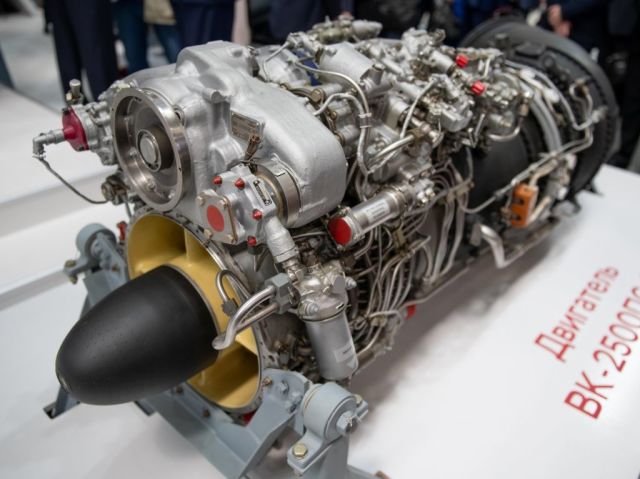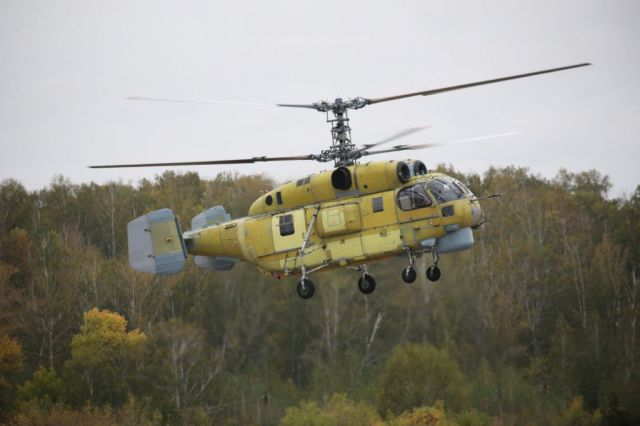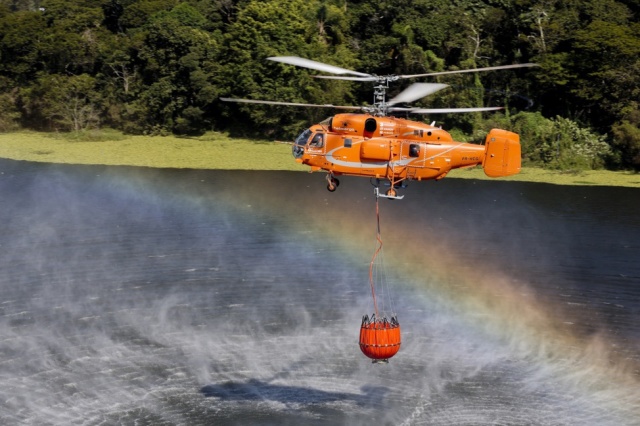The upgraded Ka-32A11BC is the world's first helicopter that can extinguish fires at subzero temperatures. Recently, the Russian Helicopters holding company has started the next stage of testing the machine. The helicopter performed its first flight with VK-2500PS-02 engines, which were developed and manufactured by the UEC-Klimov enterprise, part of the Rostec United Engine Corporation. Read about the development of helicopter engines in our country and how the new Rostec engine will affect the characteristics of the best fire helicopter in the world in our material.
From pistons to digital control
The first engines for serial helicopters were modifications of aircraft power plants. In the first Soviet serial Mi-1 helicopter, these were piston internal combustion engines. The Mi-2 used a more advanced gas turbine engine (GTD). Then, on the heavy Mi-6, which took off in 1957, two GTE were already used, and this scheme became the main one for most helicopters.
In 1964, a second-generation TV2-117 turboprop engine with a capacity of 1500 hp was developed specifically for the newest multi-purpose Mi-8 helicopter. It was created at the Klimov Design Bureau under the leadership of Sergey Izotov. The third generation of helicopter engines announced itself in 1972 in the face of the TV3-117 model, created by the same team. The power of the installation increased to 2000-2400 hp. Both engines brought long-term fame to the "eights", becoming the most common in their class.

VK-2500PS-02 engine After the collapse of the Soviet Union, the production of helicopters remained in Russia, and helicopter engines − in Ukraine. Over the years, the supply of engines became more complicated, and in 2014 they completely stopped. By this time, a fully localized Russian VK-2500 helicopter engine based on the TV3-117VMA model had already been developed and tested. The main difference between the VK-2500 and its predecessors was the first introduced digital automatic control system (ACS).
The engine power was 2,700 hp, the helicopter's rate of climb, load capacity, speed and maneuverability increased. Like previous generations, the VK-2500 can be used in extreme conditions of high mountains and hot climates. It is installed on modifications of Mi-17 helicopters, as well as on the latest combat Mi-28, Ka-52, Mi-35.
To extinguish the most difficult fires
The new power plant became the main one for a number of upgrades − VK-2500P, VK-2500PS-03, VK-2500PS-02. The latest model is installed on the upgraded Ka-32, considered one of the best fire and rescue helicopters in the world. In October of this year, the Ka-32A11BC helicopter with VK-2500PS-02 engines made its first flight. The entire VK-2500 line is produced at the facilities of UEC-Klimov, the country's only manufacturer of helicopter engines.

Ka-32A11BC
The Ka-32A11BC is a multi–purpose civilian helicopter of a coaxial scheme, which was supplied exclusively for export until 2011. On an external suspension, the car can carry up to 5 tons of cargo. The coaxial scheme makes it possible to effectively use the helicopter in conditions of dense urban development. The Ka-32A11BC is the world's first fire helicopter that can be used at subzero temperatures up to -20 °C. This was made possible thanks to the unique Russian fire extinguishing system with heated water SP-32. The helicopter can fill a special suspension tank for 4 thousand liters in just 60 seconds (25% faster than in the previous version of the Ka-32). In addition, the machine can be equipped with an APU-5 spillway device and a water cannon.
The VK-2500PS-02 engine is a novelty of UEC-Klimov, first presented to the general public in 2019. It has improved characteristics, includes a modern digital electronic control and feedback control system of the FADEC BARK-6B-7C type. Thanks to the new powerplant, the Ka-32A11BC helicopter can be used in high temperature conditions and in mountainous terrain, including improved handling in strong crosswinds. For the Ka-32, this is especially important, since it extinguishes fires with the help of a hanging basket. All this will expand the geography of the use of the rotary-wing firefighter, which today already helps to cope with fire and rescue people in dozens of countries.

